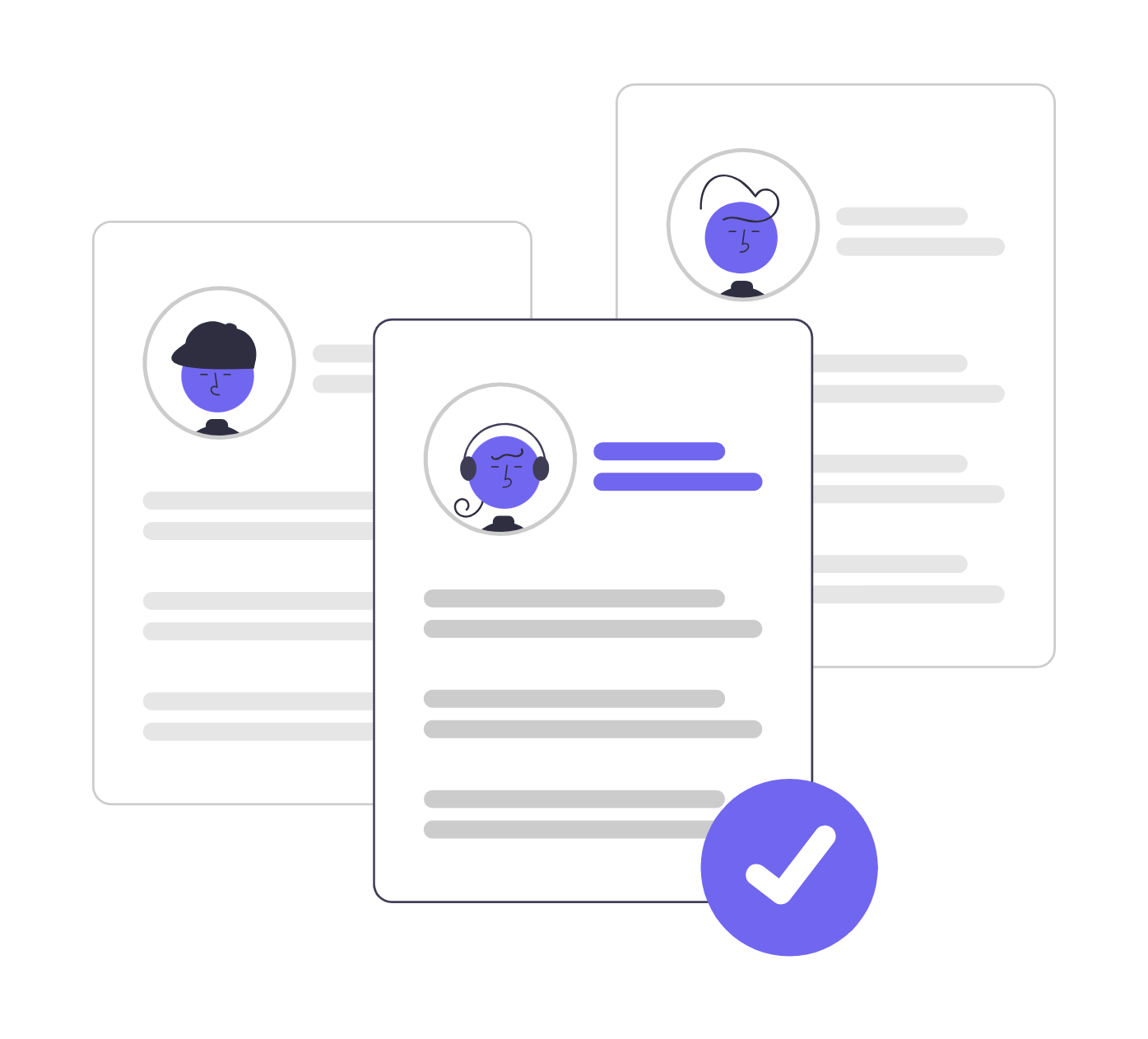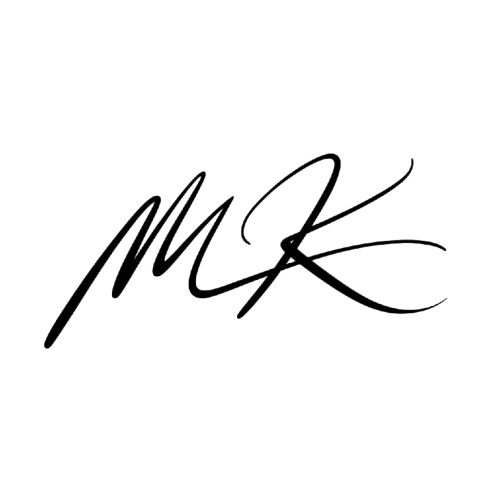Share
(And Why Choosing the Wrong Model Could Be Costing You Time, Money, and Your Best Hires)
Hiring the right person isn’t just a matter of reviewing resumes and conducting interviews. It starts with choosing the right recruitment model—a decision that can make or break the outcome of your entire hiring process.
For many organizations, especially when stakes are high or timelines are tight, the choice boils down to retained search or contingency recruitment. But while both approaches promise results, they operate on fundamentally different principles—and only one of them may be right for your specific hiring needs.
In this guide, we’ll break down exactly how each model works, where each one excels (or fails), and how to choose the right one for your next hire.
What Is Contingency Recruitment?
Contingency recruitment is performance-based. You only pay if the recruiter delivers a successful hire. That’s it.
This model is typically used to fill lower- to mid-level roles where speed, volume, and cost-efficiency are top priorities. Recruiters in this model often work fast to provide a shortlist of candidates from existing databases or active job seekers.
How Contingency Recruitment Works:
- You share the job description with one or more recruiting firms.
- Recruiters begin sourcing candidates—often simultaneously and competitively.
- You receive resumes that match basic requirements (usually via keyword filtering).
- You pay a fee only if you hire someone they sourced.
It’s low-risk upfront—but that doesn’t always mean it’s the most effective long term.
Workscreen helps you eliminate low-effort applicants—including those who use AI tools to apply, copy-paste answers, or rely on "one-click apply." Focus only on high-quality, committed candidates.

What Is Retained Search?
Retained search (often referred to as executive search) is a strategic partnership. You retain a recruitment firm exclusively, and they work closely with you from defining the role to onboarding the hire.
It’s ideal for leadership roles, niche technical hires, or mission-critical positions where cultural fit, long-term impact, and precision matter more than speed.
How Retained Search Works:
- You pay a portion of the fee upfront to engage the search firm.
- The recruiter collaborates with you to define the role, ideal profile, and compensation strategy.
- They conduct a thorough, often global search—including passive candidates.
- You receive a curated shortlist of deeply vetted, highly qualified candidates.
The retained firm continues working with you until the right candidate is successfully hired and onboarded.
Retained vs. Contingency: Head-to-Head Comparison
Criteria | Contingency Recruitment | Retained Search |
Payment Model | Pay only if a hire is made | Pay in stages (e.g., upfront, shortlist, hire) |
Exclusivity | Non-exclusive—multiple firms may compete | Exclusive partnership |
Candidate Volume | High volume, less precision | Low volume, high precision |
Time Commitment | Fast turnarounds | Time-intensive, strategic process |
Candidate Type | Active job seekers | Active + passive, often not on the market |
Best For | Entry to mid-level, high-volume hiring | Executive, specialist, confidential, or strategic roles |
Process Depth | Minimal collaboration, resume-driven | Deep collaboration, role definition, and vetting |
The Strategic Trade-Off: Speed vs. Precision
Here’s the core difference:
- Contingency recruiters cast a wide net.
- Retained recruiters sharpen the spear.
If you’re trying to fill five customer service roles by next week, contingency might be the way to go. But if you’re hiring a CTO, CFO, or Director of Engineering, the stakes are too high to gamble on keyword matches and rushed interviews.
Retained search firms invest the time to:
- Understand your business
- Align with your long-term vision
- Vet candidates for leadership, culture fit, and impact—not just job title match
Easily administer one-click skill tests with Workscreen-This way you can assess candidates based on real-world ability—not just credentials like résumés and past experience. This helps you hire more confidently and holistically.

How to Choose the Right Model for Your Business
Before you make the call, ask yourself:
1. What role are you hiring for?
- Generalist roles: Contingency may suffice.
• Specialist or executive roles: Retained search is often the safer bet.
2. What’s your timeline?
- Urgent hire needed yesterday? Contingency can be faster.
• No rush, but the right fit is critical? Go retained.
3. What’s your budget tolerance?
- Want to minimize upfront cost? Contingency is low-risk.
• Willing to invest in precision? Retained is more cost-effective long-ter
4. Do you want a recruiter or a partner?
- Contingency firms supply resumes.
• Retained firms shape the hiring strategy with you.
The Hybrid Approach: Can You Use Both?
Absolutely. Many companies blend the two:
- Use contingency for junior roles or volume hiring
- Use retained search for senior leadership and mission-critical positions
The key is being intentional. Don’t default to one model because it’s what you’ve “always used.” Evaluate what the role demands—and pick the model that sets you up for success.
The Cost of Choosing the Wrong Model
Hiring mistakes aren’t just expensive—they’re painful. You lose time, disrupt your team, and often have to restart the entire process under pressure.
Real-world example:
- A company used contingency to fill a VP-level role. The hire looked great on paper but lacked alignment with the company’s mission. They left within 4 months, triggering team churn and setting back a major product launch.
- Another company opted for retained search to fill a Head of Operations role. The recruiter sourced a passive candidate who wasn’t actively job-seeking but was a perfect fit. Three years later, that hire is now COO.
The takeaway? Who you hire shapes your company. How you hire determines who you get.
Final Take: Retained vs. Contingency Isn’t About Right or Wrong—it’s About Fit
Both retained and contingency recruitment have their place. The secret is knowing when to use each.
- Contingency: Speed, flexibility, and high-volume needs.
- Retained: Precision, partnership, and long-term impact.
The model you choose should reflect the strategic importance of the role, not just your budget or urgency.
Before you post that next job description or reach out to an agency, stop and ask:
“What does this hire mean for our future—and what’s the smartest way to find them?”
Workscreen evaluates, scores and ranks applicants on a performance-based leaderboard—making it easy to spot top talent, save time, and make smarter, data-driven hiring decisions.

FAQ
It depends on your hiring needs. Contingency recruitment is ideal for lower- to mid-level roles where speed and cost-efficiency matter most. Retained search is better for senior, strategic, or hard-to-fill roles where precision, cultural fit, and long-term impact are priorities. The best choice depends on the role, urgency, budget, and your internal capabilities.
Not necessarily. Retained recruitment often involves an upfront fee, but the long-term value—higher-quality hires, reduced turnover, and better alignment—can make it more cost-effective than contingency, especially for critical roles.
Generally, no. Retained search requires exclusivity—meaning you commit to one firm for a particular role. Contingency recruitment allows multiple agencies to compete simultaneously. However, companies often use both models in parallel for different roles (e.g., retained for leadership, contingency for high-volume roles).
While no recruiter can guarantee a perfect match, retained firms typically continue searching until a qualified candidate is placed. Many also offer post-placement support or replacement guarantees if a hire doesn’t work out within an agreed timeframe.
Retained searches can take 4 to 12 weeks, depending on the complexity of the role, industry, and location. The process is thorough and includes role definition, candidate sourcing, multiple interview rounds, and onboarding support.

